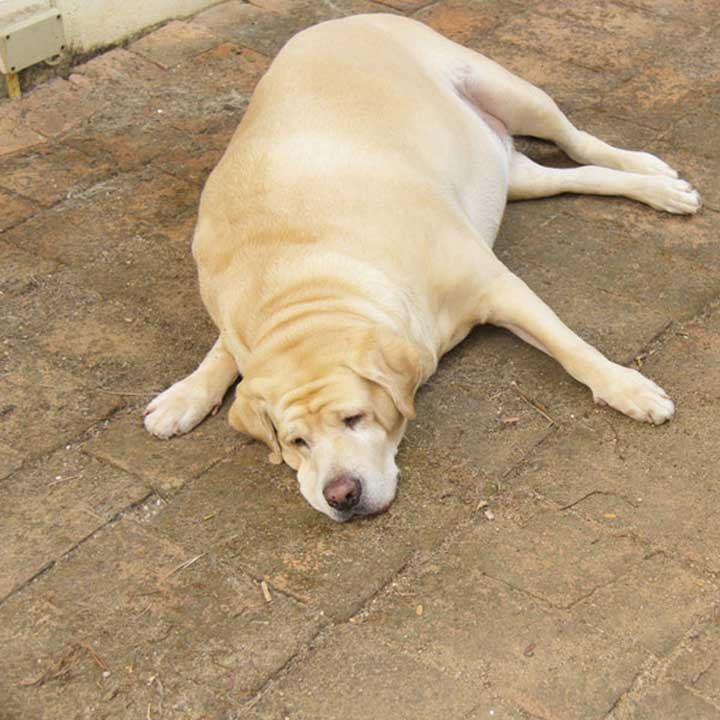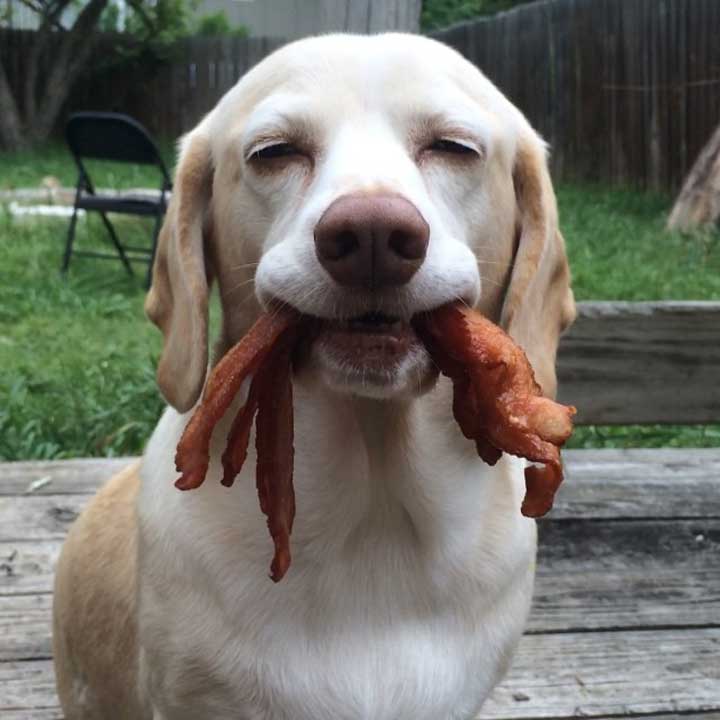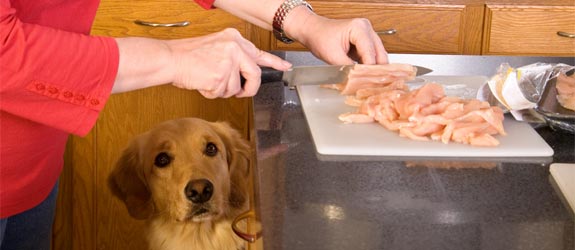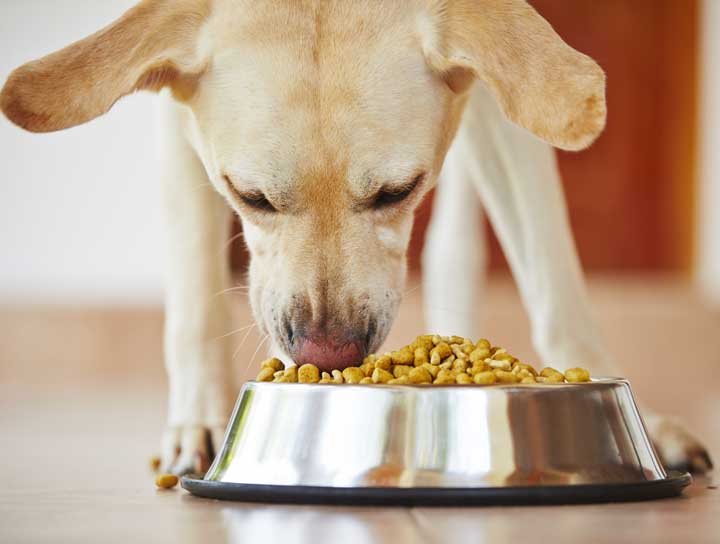Health
Why A Low Fat Diet Is Important For A Dog With Pancreatitis
When your dog suddenly refuses to eat, is constantly vomiting, seems unusually weak or appears to have abdominal pain, there could be a variety of causes. He may be suffering from a gastrointestinal problem. He may be a diabetic. Or, he may be suffering from pancreatitis, a condition in which the pancreas inflames and causes a variety of digestive problems.
The Dangers of Pancreatitis
The pancreas is responsible for secreting the enzymes needed to digest food in the dog’s body. Therefore, a problem with the functioning of the pancreas leads to digestive problems which leads to vomiting, diarrhoea, anorexia and weakness. Additionally, at times the inflammation of the pancreas can spread to other organs, resulting in fatal system failures.
Dietary Causes of Pancreatitis
Many nutritionists and vets have suggested that pancreatitis may be triggered by a high fat diet especially among sedentary, overweight and inactive dogs who do not burn the fat that they consume. Additionally, eating refused fats (chicken skins and bacon rinds) out of the garbage can also lead to an onset of pancreatitis.
At the same time, a diet that is extremely low in protein can also put a dog in danger of developing pancreatitis, especially if the only proteins in his diet are fatty.
Aside from diet, there are several other possible causes of pancreatitis; medications such as sulfa drugs, metronidazole, nitrofurantoin, valproic acid, raitdine and tylenol as well as the oestrogen hormone have been found to increase the risk of pancreatitis. Dogs with diabetes, hypercalcemia, hyperthyrodism and Cushing’s disease are also more vulnerable to the condition.
Dietary Tips
While some factors that contribute to the risk of pancreatitis, like diabetes and hyperthyrodism are somewhat out of an owner’s control, an owner can monitor their dog’s diet to ensure he is not eating high amounts of fat. A low fat diet has also been found to help a dog that already has pancreatitis recover.
Vets generally suggest that for the first 48 hours after detecting the condition, a dog should not be given any solid food orally as his pancreas will not be able to adequately process solid food. Instead, feed him chicken or meat broth and lots of water. According to a vet’s discretion, they may also give your dog the nutrients he requires intravenously.
After 48 hours, owners are advised to start feeding their dogs solids, ensuring that whatever they choose to feed is low fat. In the long term, owners are encouraged to adapt their dog’s diet to make it as low fat as possible. A low fat diet will also lower the risk of dogs without pancreatitis developing the condition.
A Homemade Low Fat Diet
To monitor what is exactly going into your dog’s dinner, we’d suggest a homemade diet. His diet should consist of a half quantity of carbohydrates and half of low fat meats, eggs or dairy.
Low fat carbohydrates include sweet potatoes, whole rice, oatmeal and pasta as well as barley. You can also include vegetables like leady greens and broccoli; here’s a list of vegetables that are safe for your dog to eat.
Low fat proteins include skinless chicken breasts, turkey, goat, venison, buffalo and rabbit, as well as egg whites, cottage cheese and plain yogurt.
Boil the carbohydrates and the proteins together, changing things up once in a while for a healthy, low fat diet for your dog.
Commercial Diets
Keep a lookout for specific, low fat foods in your grocery store. However, ensure that these foods are not high in carbohydrates, but proteins as the proteins give your dog more calories and energy.
If you are unable to find foods high in protein and low in fat, buy a high carbohydrate food and mix in fresh, low fat meats.
Monitoring the amount of fat in your dog’s diet can go a long way in chasing away pancreatitis and avoiding it all together.

























